Jack and the Beanstalk: Full Text Story, Video in English Version, Life Lessons
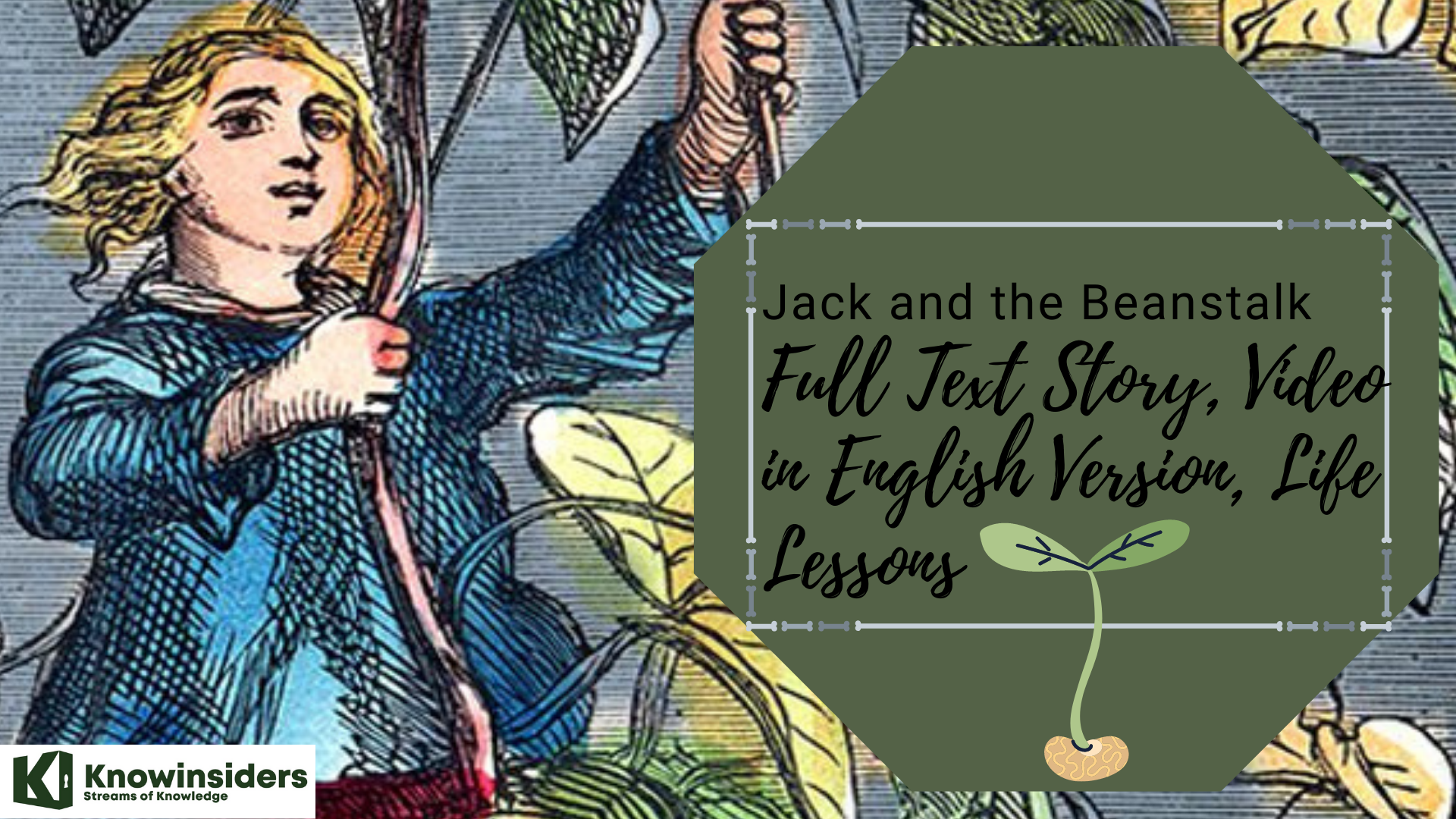 |
| Jack and the Beanstalk: Full Text Story, Video in English Version, Life Lessons |
"Jack and the Beanstalk" is an English fairy tale. It appeared as "The Story of Jack Spriggins and the Enchanted Bean" in 1734 and as Benjamin Tabart's moralized "The History of Jack and the Bean-Stalk" in 1807. Henry Cole, publishing under pen name Felix Summerly, popularized the tale in The Home Treasury (1845), and Joseph Jacobs rewrote it in English Fairy Tales (1890). Jacobs' version is most commonly reprinted today, and is believed to be closer to the oral versions than Tabart's because it lacks the moralizing.
"Jack and the Beanstalk" is the best known of the "Jack tales", a series of stories featuring the archetypal Cornish and English hero and stock character Jack.
Jack and the Beanstalk: Video in English Version
Jack and the Beanstalk Origins
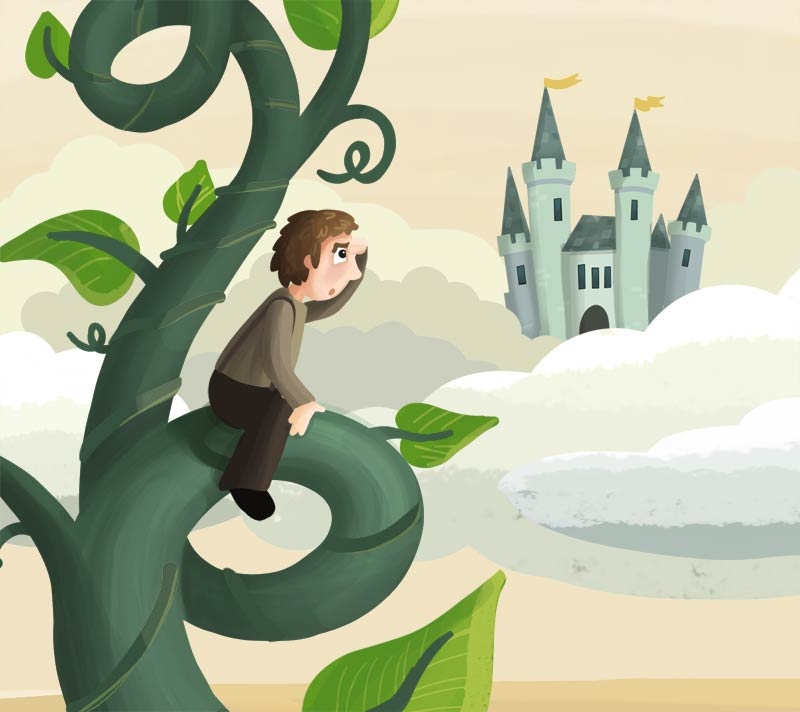 |
| Photo: The Fable Cottage |
“Jack be nimble, Jack be quick, Jack jump over the—”
Oh wait—wrong Jack.
Or is it?
“Jack and the Beanstalk” is considered one of many “Jack” tales: stories told about the same trickster-like archetype. According to The Center For Children’s Books, the character “is lucky, both a trickster and an unlikely hero, sometimes clever, often naïve, but always successful.” Considered a staple of Cornish and English folklore, other “Jack” tales include “Jack the Giant Killer,” “Little Jack Horner,” and even “Jack Frost.” (Are they the same person? Well that would make for some interesting retellings!)
While “Jack and the Beanstalk” has a long oral history, the first written version comes from a 1734 publication, Round About our Coal Fire, or “Christmas Entertainments,” where the story is titled “The Story of Jack Spriggins and the Enchanted Bean.” Yes, Jack has a last name–at least in this version! And if you’re wondering, the giant’s name is “Gogmagog” (a figure who is, by the way, not relegated solely to Jack’s story; rather, he’s a legendary giant in Welsh folklore). Occasionally, another legendary giant, “Blunderbore,” (who makes an appearance in “Jack the Giant Killer”) stands in as an antagonist in other versions of the tale.
Surprisingly, we don’t see many other written versions of “Jack and the Beanstalk” until 1807. However, the most popular version that most of us are familiar with was published in 1890 in Joseph Jacobs’s English Fairy Tales. Jacobs’s story is based on the oral versions of the story he heard as a child, and as such some scholars believe his version to be the most accurate of the versions published in the nineteenth century (as opposed to, say, the highly moralistic 1807 version from Benjamin Tabart).
But “Jack and the Beanstalk’s” history goes far, far beyond the written word–it has been told orally for hundreds of years! And its origins may reach back even farther than you’d likely expect. According to a recent article from the BBC, researchers at Durham University have classified “Jack and the Beanstalk” as a “Boy Who Stole Ogre’s Treasure” tale, a classification which has origins that could be “traced back to when Eastern and Western Indo-European languages split more than 5,000 years ago.” Some of these researchers surmise that these tales not only predate languages such as Italian, German, and French, but also Classical mythology!
Evidently, we humans have always relished stories about unlikely heroes!
‘Jack and the Beanstalk’ Found to be One of the Oldest Tales in Human History
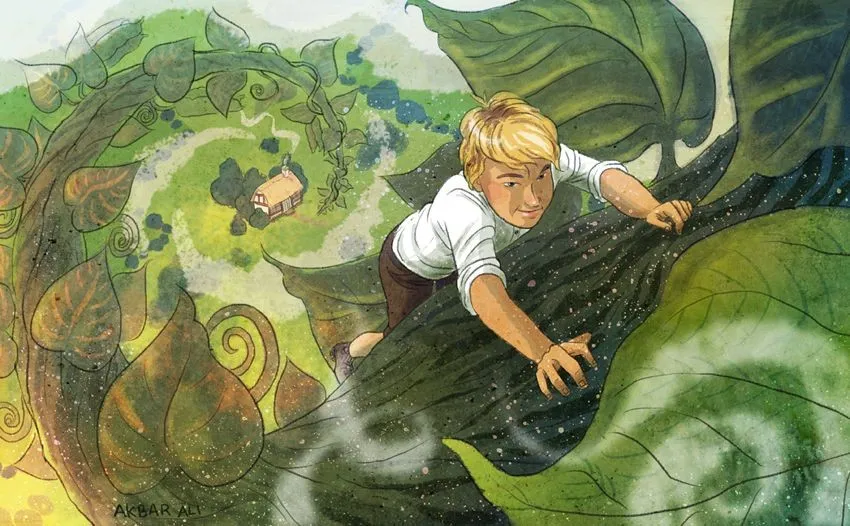 |
| Photo: Akbar Ali |
Jack and the Beanstalk might be one of the oldest tales ever told. The plots, characters and struggles that make up a culture’s literary heritage are well-studied; many of the greatest cinematic works of the last half-century are explicitly written in the patterns that scholars have observed in literature of bygone generations.
The Aarne-Thompson-Uther (ATU) classification of Folk Tales assigns numbers to the various common plots that have emerged over centuries of literary production in a system that resembles the Dewey Decimal system.
The collation of thousands of texts into common threads has enabled scholars to search for elements of a common plot and find examples of the same plot as it appears in different cultures.
One particular plot, ATU 328, is well-known and treasured by children and adults throughout the English speaking world. Under one of their categories we find the story “The Treasures of the Giant” – better known for the past 150 years as the story of Jack and the Beanstalk.
Though the ATU traces this story to Italy in the 1870s, the version that people are most familiar with dates to 1734 in a Christmas-themed collection of stories printed in London. Jack Spriggins and the Enchanted Bean served as the model for the modern story in the early days of the industrial revolution.
Childrens’ literature was then in its infancy, with the canonical works of The Brothers Grimm and Hans Christian Andersen appearing the following century; the “definitive treatment” of the story would appear over 150 years later as published by Joseph Jacobs in English Fairy Tales.
Recent research, however, places the origin of this particular tale – in which a young man uses magic beans to rob and ultimately defeat a giant – far earlier in human history than English modernity.
An article in The Royal Society Publishing details how scholars made a historic and linguistic analysis using the ATU catalogue. Their goal was to trace folk tales through history using a technique similar to how biologists trace ancestry.
Simply put, they looked at the archetypes in stories – characters, plot lines, etc. – as if they were blueprints and compared similar tales from farther and farther in the past.
Proto-Indo-European, the great-grandfather of nearly all languages native to the European continent (the oldest for which there is a historical record) was considered to be as far back as a story could be traced by the study. ATU 328, what we call Jack and the Beanstalk, it found, is one of the oldest tales in the history of the European continent and its culture.
Following several versions of the story back through their respective linguistic histories, Sara Graca da Silva of the New University of Lisbon, and Jamshid J. Tehrani of Durham University, determined with a high degree of confidence that the roots of this story lie in Proto-Indo-European literature – 5,000 years in the past and several thousand years before the now well-preserved classics of Greek and Roman antiquity that form the basis for so much of our modern and contemporary literature began to appear.
The implications of this discovery are quite interesting. While literature and literacy has been a privilege for a significant part of human history, the growth of literature in Victorian England, a period of great economic expansion and urbanization, is what gave the modern English speaking world the genre of childrens’ literature.
The discovery that, even in antiquity, well before any record of a written language existed in Europe, stories persisted in the Proto-Indo-European language for the sole purpose of educating and entertaining children is groundbreaking for what it tells us about early European culture.
Even more interesting is the curious persistence of these stories, first told and then written for an audience of children, throughout almost the entirety of recorded human history in Europe.
Emerson might not have known how far back in history the thieves of his inspiration lived; he might have been more impressed by their ingenuity had he been aware of how far into the future they had reached.
‘Jack and the Beanstalk’: Plot summary
 |
| Photo: Jack Banner |
First, a very short summary of the plot of the Jack and the beanstalk tale (or a refresher for those who are some way out of the nursery). Jack is a young and rather reckless boy who lives with his widowed mother. They become increasingly poor – thanks partly to Jack’s own carelessness – until the day comes when all they have left is a cow, which Jack’s mother tells him to take to the market to sell for money. Unfortunately, while on his way into town, Jack meets a bean dealer who says he will pay Jack a hat full of magic beans for the cow.
Jack, delighted to have been made an offer on the cow before he’s even reached the market, lives up to his reckless reputation once again and agrees to the deal. He returns home with no cow and no money and only a hat full of beans to show for the journey; his mother, needless to say, is less than happy with this outcome, and hurls the beans out into the garden in her anger. They both retire to bed without having eaten, as they have no food left.
However, when Jack wakes the next morning, he finds that the magic beans scattered across the garden have grown into a giant beanstalk outside his window. He promptly climbs it – as you do – and finds a whole new land at the top. Wandering among this land, Jack comes upon a huge castle and sneaks his way inside. The giant, who owns the castle, returns home and smells Jack, proclaiming: ‘Fee-fi-fo-fum! I smell the blood of an English man: Be he alive, or be he dead, I’ll grind his bones to make my bread.’ Jack steals a sack of gold from the giant’s castle before swiftly making his escape back down the beanstalk.
However, this is a fairy tale, which wouldn’t be complete without obeying the ‘rule of three’. So, Jack duly climbs the beanstalk twice more and steals from the giant twice more. The giant wakes when Jack is leaving the castle the third time, and chases Jack back down the beanstalk. The quick-thinking Jack calls for his mother to throw down an axe for him; before the giant reaches the ground, Jack chops down the beanstalk, causing the giant to fall to his death. Jack and his mother live happily ever after, and are never poor or hungry again, thanks to Jack’s burgling skills. Who says crime doesn’t pay?
‘Jack and the Beanstalk’: Analysis
 |
| Photo: BBC |
‘Jack and the Beanstalk’, like a great number of fairy tales, has a curious and complicated history. The story’s earliest incarnation of in print was as ‘The Story of Jack Spriggins and the Enchanted Bean’ in 1734; it underwent some tidying up (with a large dose of moralising added for good measure) in 1807 in Benjamin Tabart’s ‘The History of Jack and the Bean-Stalk’, although the elements we most associate with the story were given the definitive treatment in an 1890 version. All this would suggest that the tale of Jack and the beanstalk is relatively recent, especially when so many other classic fairy tales have medieval prototypes in world literature.
As we implied above, there is something immoral in the story’s essential message: steal from others to get yourself out of poverty, and you will triumph. The killing of the giant is self-defence, admittedly, but we can see why Victorians might have been a little queasy around the central thrust of the story.
So in some versions of the tale, such as the one the Opies include in The Classic Fairy Tales, a back-story is included, which informs us that the giant actually stole his riches from Jack’s father, whom he killed out of jealousy and greed. The giant’s wealth, then, is ill-gotten, and Jack, in stealing from him, is in fact only reclaiming what is rightfully his. This addition makes the tale more palatable to younger readers whose parents want to use the fairy tale for moral instruction as well as entertainment, and, after all, Jack is still far from perfect. His lack of foresight and rashness lead to his selling the cow for such a low price.
‘Jack and the Beanstalk’ has endured because it contains so many of the classic ingredients of the fairy tale: the plucky young hero who’s down on his luck, the evil villain, the happy ending. And it’s been around for a long time: if those scholars are correct in their analysis, the original for the story has been around for almost twice as long as Homer’s Iliad. That’s some literary pedigree.
Jack and The Beanstalk: Full Text Story For Your Kids
Once upon a time there lived a poor widow and her son Jack. One day, Jack’s mother told him to sell their only cow. Jack went to the market and on the way he met a man who wanted to buy his cow. Jack asked, “What will you give me in return for my cow?” The man answered, “I will give you five magic beans!” Jack took the magic beans and gave the man the cow. But when he reached home, Jack’s mother was very angry. She said, “You fool! He took away your cow and gave you some beans!” She threw the beans out of the window. Jack was very sad and went to sleep without dinner.
The next day, when Jack woke up in the morning and looked out of the window, he saw that a huge beanstalk had grown from his magic beans! He climbed up the beanstalk and reached a kingdom in the sky. There lived a giant and his wife. Jack went inside the house and found the giant’s wife in the kitchen. Jack said, “Could you please give me something to eat? I am so hungry!” The kind wife gave him bread and some milk.
While he was eating, the giant came home. The giant was very big and looked very fearsome. Jack was terrified and went and hid inside. The giant cried, “Fee-fi-fo-fum, I smell the blood of an Englishman. Be he alive, or be he dead, I’ll grind his bones to make my bread!” The wife said, “There is no boy in here!” So, the giant ate his food and then went to his room. He took out his sacks of gold coins, counted them and kept them aside. Then he went to sleep. In the night, Jack crept out of his hiding place, took one sack of gold coins and climbed down the beanstalk. At home, he gave the coins to his mother. His mother was very happy and they lived well for sometime.
Climbed the beanstalk and went to the giant’s house again. Once again, Jack asked the giant’s wife for food, but while he was eating the giant returned. Jack leapt up in fright and went and hid under the bed. The giant cried, “Fee-fifo-fum, I smell the blood of an Englishman. Be he alive, or be he dead, I’ll grind his bones to make my bread!” The wife said, “There is no boy in here!” The giant ate his food and went to his room. There, he took out a hen. He shouted, “Lay!” and the hen laid a golden egg. When the giant fell asleep, Jack took the hen and climbed down the beanstalk. Jack’s mother was very happy with him.
After some days, Jack once again climbed the beanstalk and went to the giant’s castle. For the third time, Jack met the giant’s wife and asked for some food. Once again, the giant’s wife gave him bread and milk. But while Jack was eating, the giant came home. “Fee-fi-fo-fum, I smell the blood of an Englishman. Be he alive, or be he dead, I’ll grind his bones to make my bread!” cried the giant. “Don’t be silly! There is no boy in here!” said his wife.
The giant had a magical harp that could play beautiful songs. While the giant slept, Jack took the harp and was about to leave. Suddenly, the magic harp cried, “Help master! A boy is stealing me!” The giant woke up and saw Jack with the harp. Furious, he ran after Jack. But Jack was too fast for him. He ran down the beanstalk and reached home. The giant followed him down. Jack quickly ran inside his house and fetched an axe. He began to chop the beanstalk. The giant fell and died.
Jack and his mother were now very rich and they lived happily ever after.
What is the Moral of Jack and the Beanstalk?The moral of this story would be taking advantage of the opportunities that life provides you. Jack is taking a huge risk when he exchanges the cow for the beans. The cow was their only income, and the money he would get from selling the cow would have fed them for days to come; yet he takes a chance, believing the power of the magic beans. Jack’s decision to climb the beanstalk is another example of taking the opportunities the life provides you. When he starts climbing, he doesn’t know where that path will lead him or if that path will lead somewhere at all. He knows that he may face danger, but he has no idea what that danger might be. Despite all these, he climbs the beanstalk to find his luck. In the end, Jack is rewarded for his bravery proving the old saying that fortune favors the bold. |
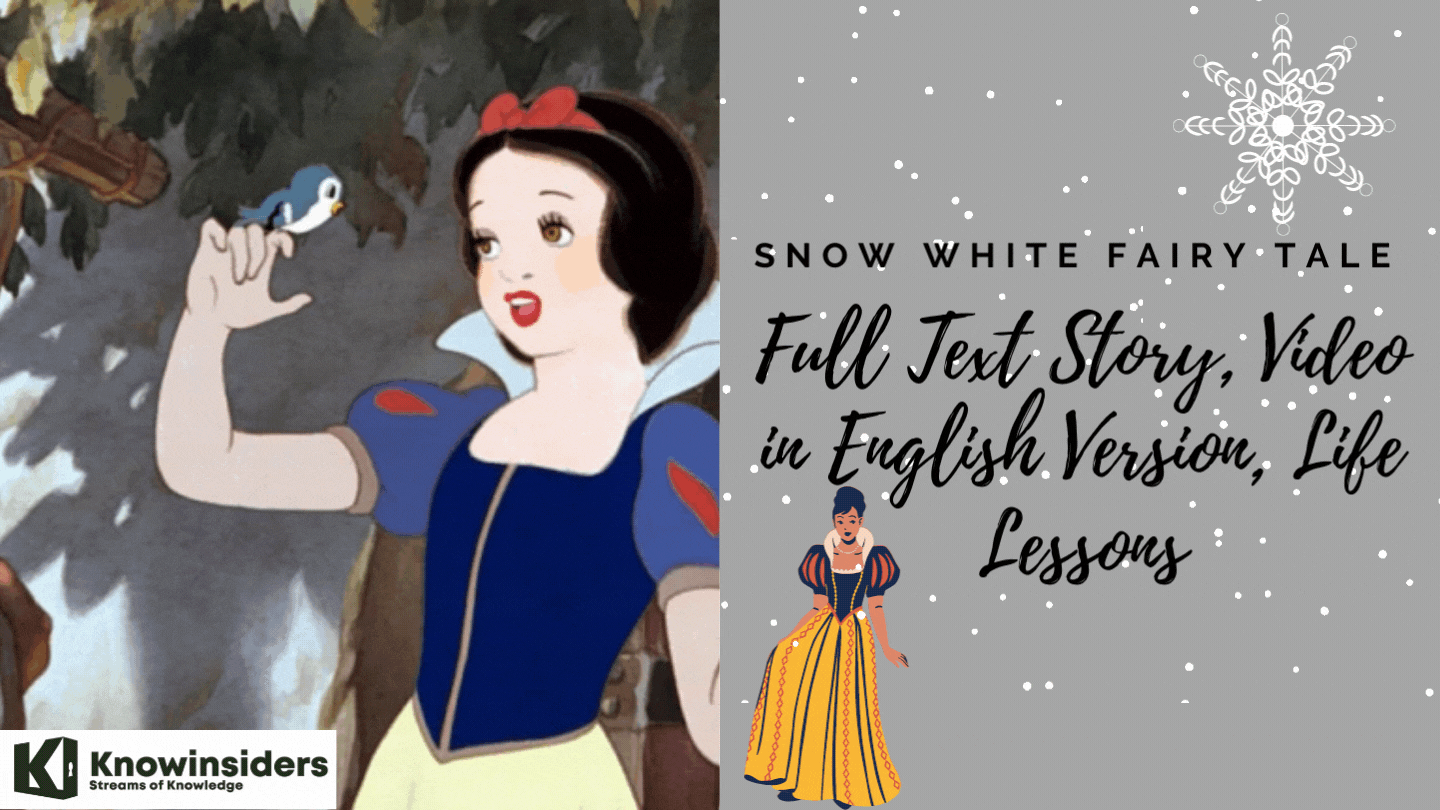 Snow White and the Seven Dwarfs: Full Text Story, Video in English Version, Life Lessons Snow White and the Seven Dwarfs: Full Text Story, Video in English Version, Life Lessons Reading or watching the best fairy tale of Snow White and the Seven Dwarfs: Here are the full-text story, beautiful pictures, and the best video ... |
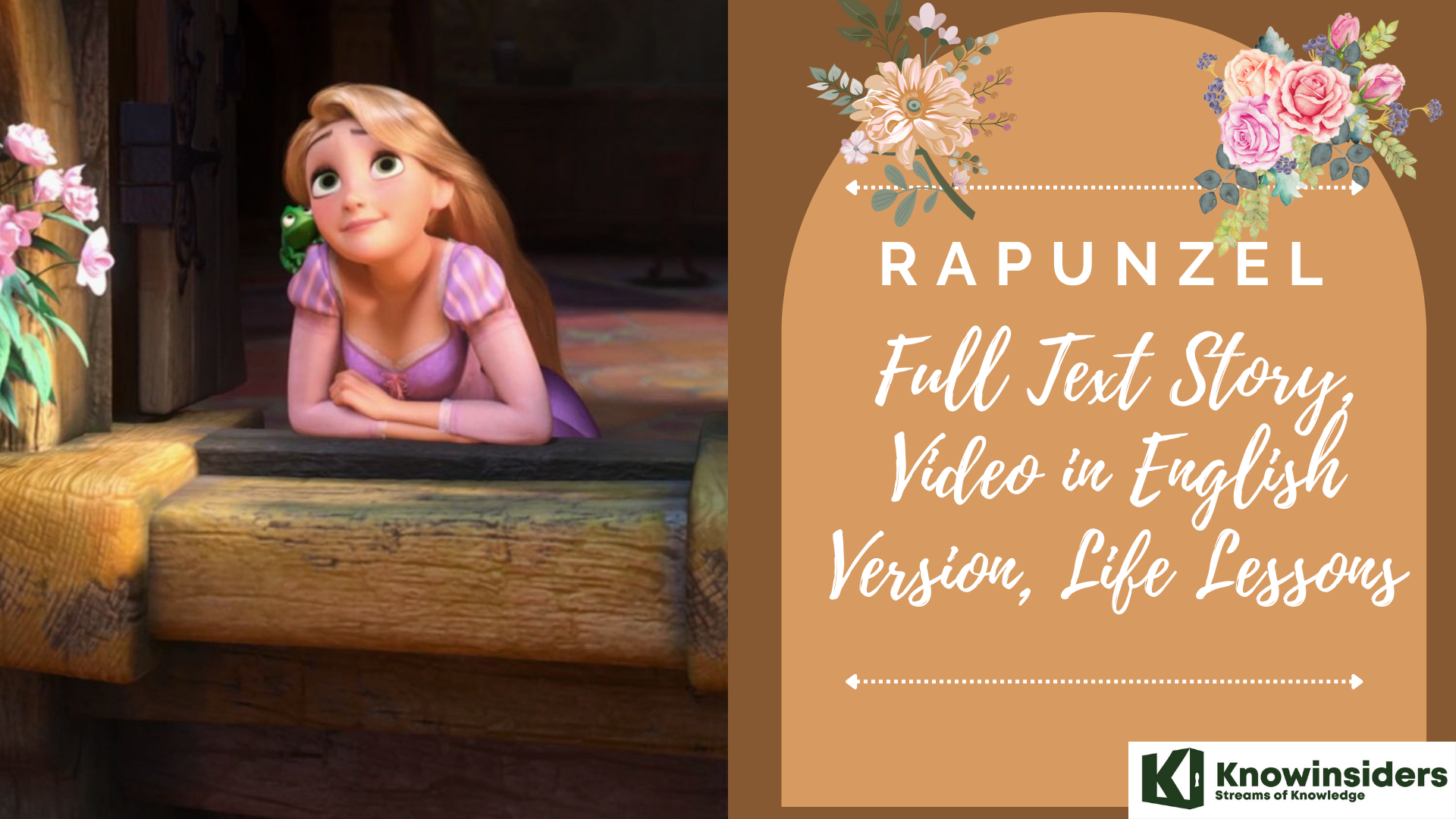 Rapunzel FairyTale: Full Text Story, Video in English Version, Life Lessons Rapunzel FairyTale: Full Text Story, Video in English Version, Life Lessons Reading or watching the best fairy tale of Rapunzel: Here are the full-text story, beautiful pictures, and the best video in the English version. |
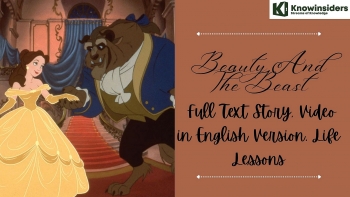 Beauty And The Beast FairyTale: Full Text Story, Video in English Version, Life Lessons Beauty And The Beast FairyTale: Full Text Story, Video in English Version, Life Lessons Reading or watching the best fairy tale of Beauty And The Beast: Here are the full-text story, beautiful pictures, and the best video in the ... |
 Little Red Riding Hood FairyTale: Full Text Story, Video in English Version and Life Lessons Little Red Riding Hood FairyTale: Full Text Story, Video in English Version and Life Lessons Reading or watching the best fairy tale of Little Red Riding Hood: Here are the full-text story, beautiful pictures, and the best video in the ... |


























